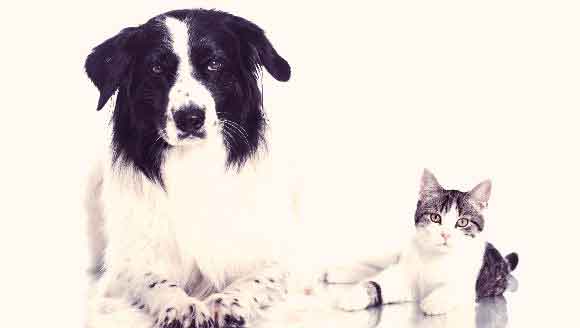Likewise liver disease in cats can be down to liver shunts, fat infiltration, bacterial infections, or toxin damage (to give just a few examples) all of this matters, because the treatment will be different depending on the actual underlying cause of the liver problem. Liver shunt treatment for cats. Pss: some symptoms and treatment links and resources: this page offers a very brief overview of some of the symptoms of, and treatment for, a portosystemic shunt (liver shunt) in cats / kittens the following resources may help you to learn more about liver shunts in cats.
liver shunt treatment for cats
Cat and dog liver shunt treatment options surgery is the most effective way to treat extrahepatic liver shunts during this procedure, a device called the ameroid constrictor is used to close the shunt intrahepatic liver shunts are more difficult to correct surgically and often have more post-surgical complications than extrahepatic shunts. Acquired shunts may occur secondary to liver disease. congenital shunts occur in both dogs and cats. most animals start showing signs by six months of age. however, shunts have been diagnosed in adults as old as 10 years. there is an increased risk of shunts in persian and himalayan cats, but most affected cats are mixed breeds.. Anti-seizure medication is often part of the treatment protocol for pets with liver shunts. dogs and cats at risk although any dog or cat can develop a portosystemic shunt, there are some breeds that may be at greater risk, including miniature schnauzers , yorkshire terriers, irish wolfhounds , cairn terriers , maltese terriers, australian.

0 comments:
Post a Comment